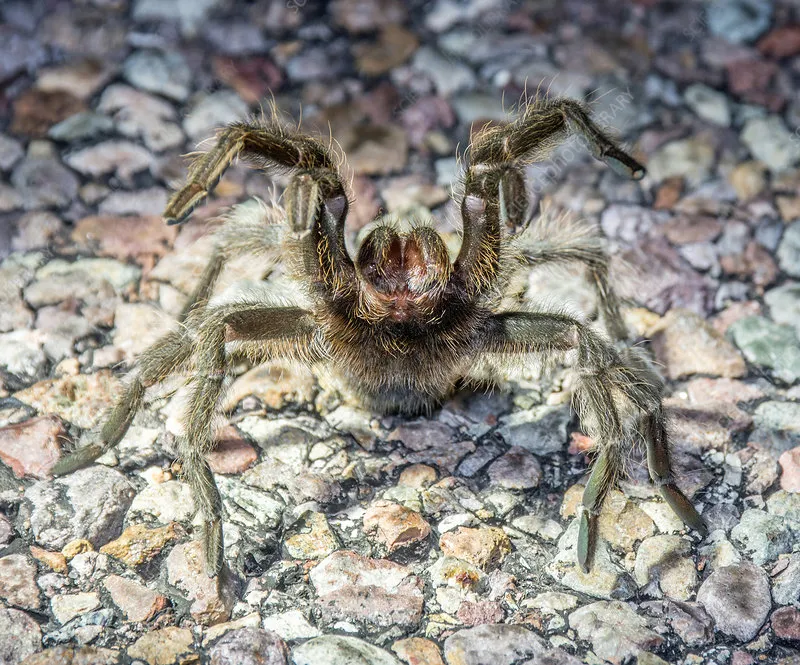What Are Texas Tarantulas
Texas is home to several species of tarantulas, large, hairy spiders that can be a fascinating sight. These arachnids are a natural part of the Texas ecosystem, and understanding them can help you appreciate the biodiversity of the state. Unlike the common house spider, tarantulas are generally not considered dangerous to humans, though their size and appearance can be intimidating. They play a crucial role in controlling insect populations and are often found in various habitats across Texas. Learning about these creatures involves understanding their identification, the environments they prefer, and dispelling some common misconceptions about their behavior.
Identifying Texas Tarantulas
Identifying Texas tarantulas involves recognizing their key features. These spiders are typically dark brown or black, with a fuzzy appearance due to their many hairs. The size can vary, but they are generally quite large, with a leg span that can reach up to 6 inches or more. They have eight eyes arranged in a cluster, two body segments (cephalothorax and abdomen), and eight legs. When identifying a tarantula, it is crucial to observe its overall shape and the color of its hairs. Also, if possible, note the location where you spotted the spider, as this can help narrow down the specific species. It’s important to note that it is not advisable to approach a tarantula for a closer look if you are unsure of its identity.
Size and Appearance
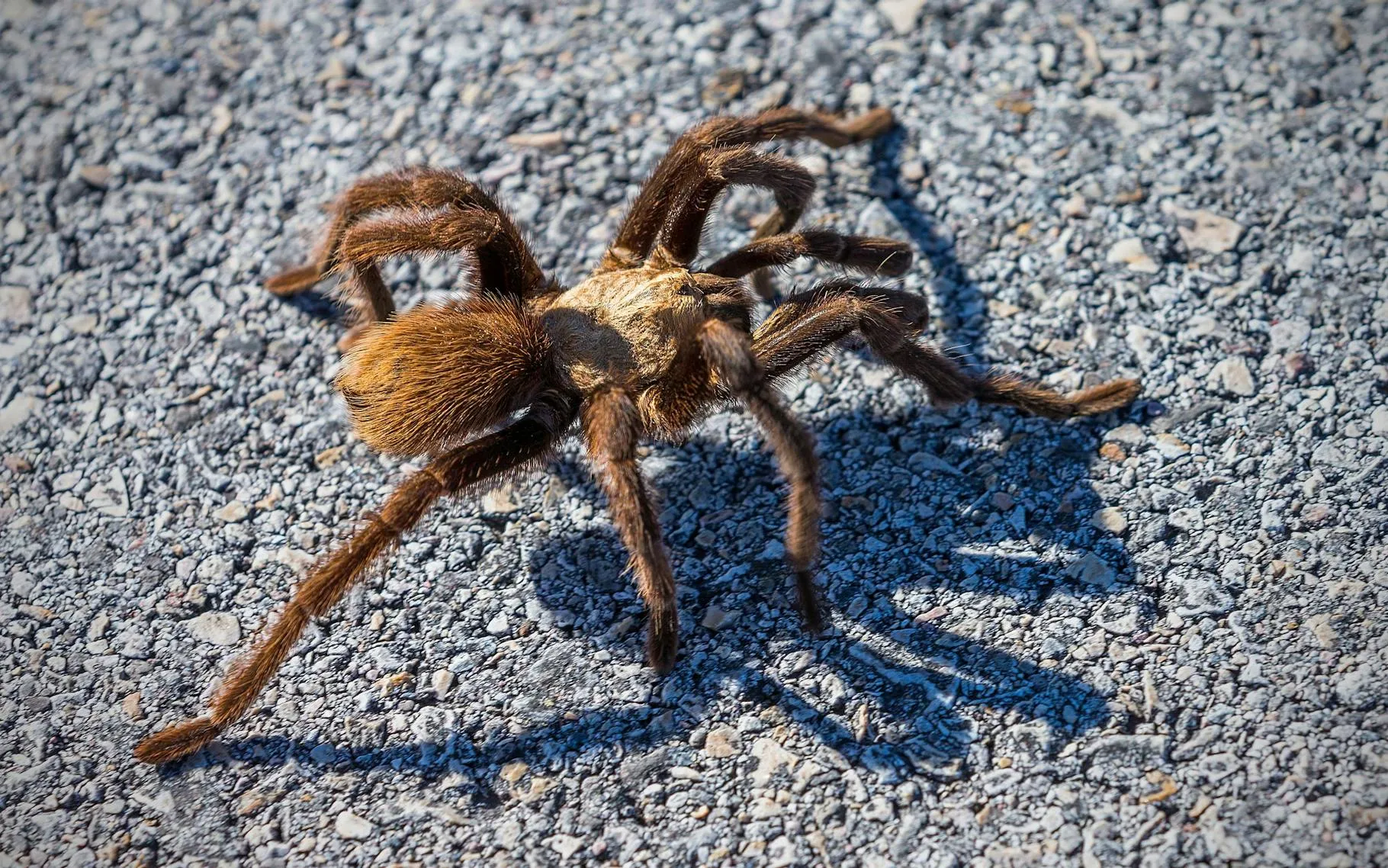
The size and appearance of Texas tarantulas are among their most striking features. As mentioned, their leg span can reach up to 6 inches or more, making them one of the largest spiders in North America. They are covered in dense hairs, which give them a fuzzy look. These hairs can vary in color, but they are usually shades of brown or black. The females are typically larger than the males. The coloration of the tarantula also provides camouflage, allowing them to blend in with their environment and ambush prey. Be mindful when you’re outside and observe. The body structure of a tarantula is also very interesting with their eight eyes that help them detect movement.
Habitat and Distribution
Texas tarantulas are found throughout the state, with varying densities depending on the region. They prefer habitats that offer both shelter and ample food sources. These spiders are commonly found in grasslands, woodlands, and even suburban areas. They often dig burrows underground, which they use as homes and hiding places. The distribution of Texas tarantulas is also influenced by climate and the availability of suitable prey. In Texas, they are more prevalent in areas with warmer temperatures and moderate humidity. You might find them under rocks, logs, or in the leaf litter, as these spots offer protection from the elements. It’s also common to see them crossing roads, especially during mating season.
5 Shocking Facts About Texas Tarantulas
Fact 1 They Are Huge
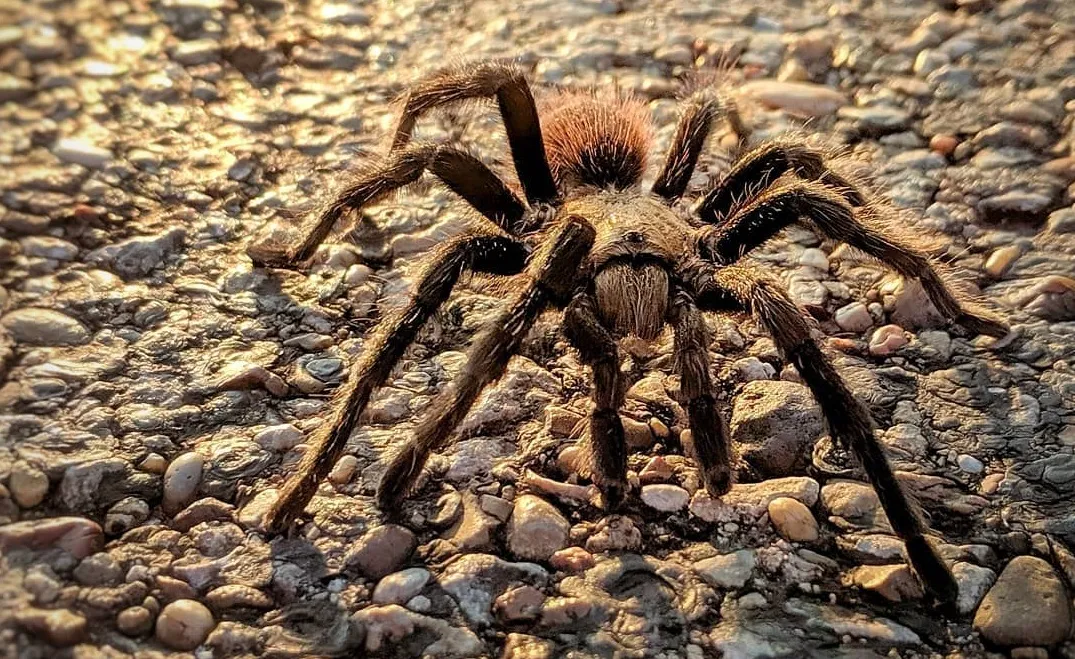
As previously noted, Texas tarantulas are impressive in size. With leg spans reaching up to 6 inches or more, they are among the largest spiders in North America. This size is a result of their robust bodies and long, powerful legs, which they use for hunting and navigating their environment. The females tend to be larger than the males. The sheer size of these spiders can be shocking to those who are not familiar with them, and it’s a key characteristic that sets them apart from other spiders. The size of tarantulas also plays a role in their survival, as it allows them to prey on a variety of insects and small animals.
Fact 2 Their Bites
While Texas tarantulas are venomous, their bites are generally not considered dangerous to humans. The venom is designed to paralyze their prey, such as insects and small animals, and it is not very potent to humans. A tarantula bite can be painful, similar to a bee sting, but it rarely causes serious medical issues. There might be some localized pain, redness, and swelling at the bite site. It’s crucial to avoid provoking a tarantula because the bite is primarily a defense mechanism. In most cases, the symptoms of a tarantula bite will resolve on their own within a few days. If any allergic reactions occur or if you have any concerns, seek medical attention.
Fact 3 Nocturnal Hunters
Texas tarantulas are primarily nocturnal hunters, meaning they are most active during the night. This behavior is likely an adaptation to avoid the heat of the day and to hunt when their prey is also most active. During the night, tarantulas emerge from their burrows or hiding places to search for food. They use their sensitive hairs to detect vibrations in the ground, which can indicate the presence of prey. Their nocturnal habits also help them avoid predators, as they are less visible during the dark hours. Watching tarantulas hunt is a fascinating sight, and their skills are quite impressive.
Fact 4 Lifespan
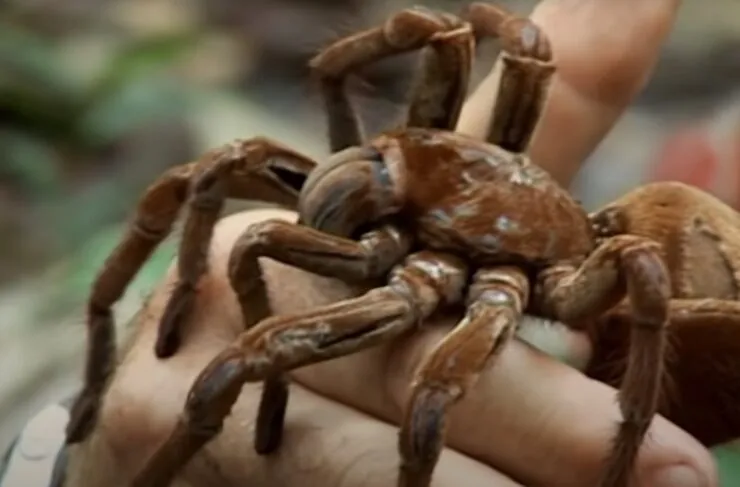
One of the most astonishing facts about Texas tarantulas is their long lifespan. Female tarantulas can live for up to 25 years or more, making them one of the longest-lived spiders in the world. Males, on the other hand, have a much shorter lifespan, typically living only a few years, primarily because they die after mating. The long lifespan of female tarantulas is due to their slower metabolism and the fact that they spend most of their lives in their burrows, away from predators. This longevity contributes to the population stability of tarantulas in their habitats.
Fact 5 Tarantula Mating Rituals
The mating rituals of Texas tarantulas are a fascinating display of nature. During mating season, usually in the late summer or fall, males leave their burrows in search of females. They use a variety of behaviors to attract a mate, including drumming on the ground to create vibrations. Once a male finds a receptive female, he will carefully approach her and perform a courtship dance. The male must avoid being mistaken for prey, as female tarantulas can sometimes be aggressive. If the female is receptive, mating occurs, after which the male may need to escape quickly to avoid being eaten. The eggs are laid in a silken egg sac, and the female protects them until they hatch.
Are Texas Tarantulas Dangerous
As previously mentioned, Texas tarantulas are generally not dangerous to humans. Their venom is not potent, and their bites are similar to a bee sting in terms of pain and severity. While a bite can be unpleasant, it is unlikely to cause serious harm. The primary risk associated with tarantulas is the potential for allergic reactions, though these are rare. The spiders themselves are also not aggressive and will typically try to escape rather than attack. However, it’s best to observe these creatures from a distance and avoid handling them, as it is still important to respect their space and be cautious.
First Aid for Tarantula Bites
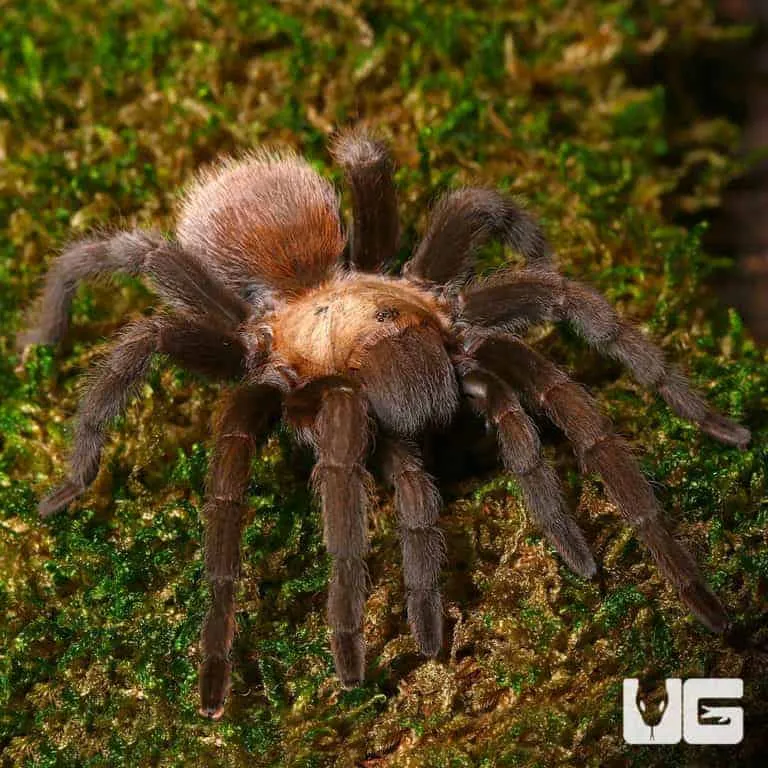
If bitten by a Texas tarantula, the first step is to remain calm. Wash the bite area with soap and water. Apply a cold compress to reduce pain and swelling. Monitor the bite site for any signs of an allergic reaction, such as difficulty breathing, swelling of the face or throat, or hives. If an allergic reaction occurs or you have concerns about the bite, seek medical attention immediately. In most cases, the symptoms of a tarantula bite will subside on their own within a few days. But as with any bite, it’s always wise to stay vigilant and seek professional medical advice when in doubt.
What to Do if You See a Tarantula
If you encounter a Texas tarantula, the best course of action is to observe it from a safe distance. Admire these amazing creatures and don’t try to touch or handle them. Avoid provoking the spider. If the tarantula is in your house, you can gently encourage it to leave by opening a door or window. If it is in a location where it could be harmed, you may try to carefully relocate it, but it is recommended to seek the help of a professional. Remember, tarantulas play an important role in the ecosystem, and their presence is a sign of a healthy environment. Appreciate them from afar and allow them to continue their life undisturbed. Remember that conservation is an important factor.
